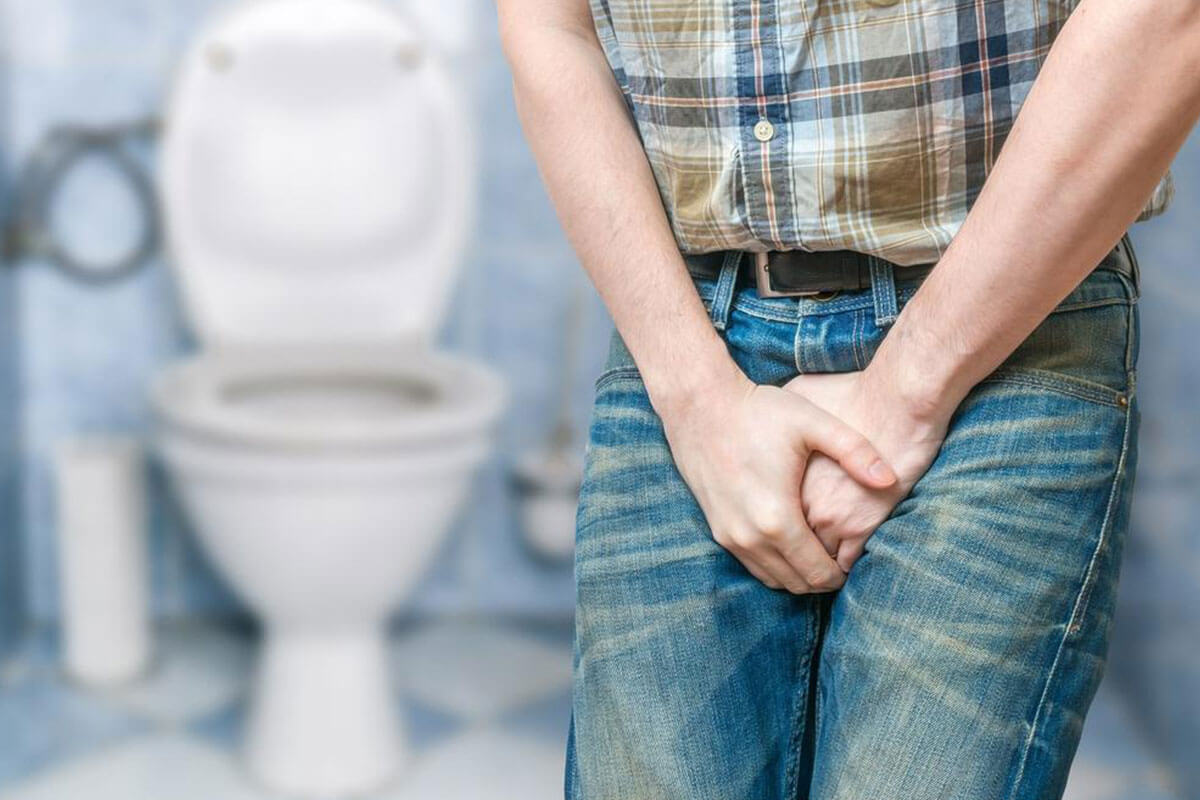Key Factors Contributing to Overactive Bladder Symptoms
This article explains the main causes of overactive bladder, including weak pelvic muscles, nerve damage, hormonal changes, lifestyle factors, and infections. Understanding these contributors can help in seeking effective treatment. If you experience symptoms like frequent urges and incontinence, consulting a healthcare professional is crucial for diagnosis and management.

Exploring the Main Causes of Overactive Bladder
Overactive bladder (OAB) is characterized by sudden urges to urinate, often leading to frequent bathroom visits and potential incontinence. This condition occurs when pelvic muscles involuntarily contract, even if the bladder isn't full. Although the exact cause remains unclear, certain factors are frequently involved:
Weak pelvic floor muscles
Nerve damage from illnesses
Decreased estrogen levels after menopause
Excessive caffeine and alcohol consumption
Overweight and obesity
Chronic urinary tract infections
Weak pelvic muscles can prevent complete bladder emptying, especially overnight. Nerve injuries impair communication between the brain and bladder. Reduced estrogen affects bladder relaxation, while stimulants like caffeine and alcohol irritate the bladder lining. Excess body weight increases pressure on the bladder, aggravating symptoms. Recurrent UTIs cause inflammation and nerve damage, contributing to OAB development. If you notice these signs, seeking medical advice is essential for proper management.


